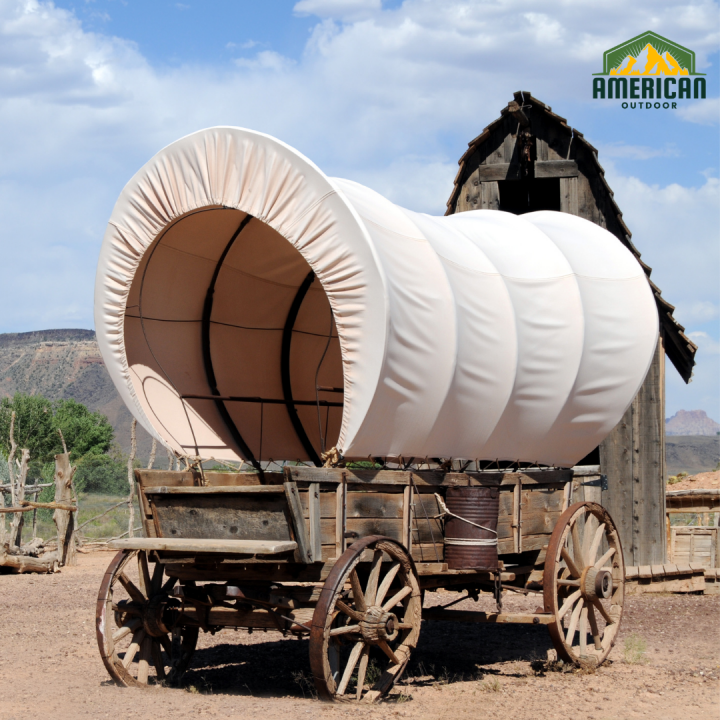- Your cart is empty
- Continue Shopping
A History of the Push and Pull Wagon: How it Came to Be

Before diving into the invention of push and pull wagons, one must consider the invention of the wheel. This singular part was, after all, a significant portion of this tool. Wheels are thought to have originated in the fifth millennium B.C. in Mesopotamia. They were a huge part of pottery making. Wheeled vehicles are thought to have been created around 3500 B.C and chariots are traced back to 1200 and 2000 B.C. When the simple spoked wheel was created, this allowed for the invention of lighter chariots that could be pulled by horses, dogs, and even tigers in the Roman Empire.
The chariot cart was still in use between 1918 and 1920 for the Russian civil war; it was coined the “tachanka.” However, once automobiles became more widespread, this became the preferred mode of transportation. In Great Britain, wagons or carts are referred to as trolleys. French-speaking countries use the word “chariot” while German-speaking countries say “wagon.” Before foldable wagons were invented, these carts were designed to be pulled by animals. This is why they were often named based on the animal that was meant to pull them. Some examples of this are the dog cart, ox cart, and horse cart. Now, these might be referred to as garden carts or utility carts. The concept of a wagon has transformed over the years but it has always fulfilled the same goal: transporting cargo or people. Here are some of the important milestones of the wagon:
- The Log Wagon – At the end of the 1800s, a man called John Lindsay received a U.S. patent on a wagon used for hauling timber, logs, and other material.
- Vulcanized Rubber – In 1844, Charles Goodyear was the first to invent vulcanized rubber which was used to make pneumatic tires for wagons and carts.
- Tubeless Tire – P W Litchfield, the first CEO of Goodyear, was the first to patent the tubeless tire in 1903. This was used on Packard auto around 1954.
- Baby Carriage – In 1911, there was a patent granted for baby carriages that could fold up like a suitcase. This foldable nature preceded the foldable push and pull wagons we have now.
- Foldable Stroller – When 1947 rolled around, the stroller could now be folded into a rectangular shape instead of the boxy suitcase style.
- Shopping Cart – Sylvan Goldman invented the shopping cart at the end of the 1930s for his chain of grocery stores. It wasn’t until the 1950s that child seats were added to these shopping carts.
- Little Red Wagon – Radio Flyer sold the little red wagon in the 1920s, also known as “coaster wagons.” These could be steered by children. This design was improved upon in 1966 with a steel base and smooth edges.
- Luggage cart – In 1978, the four-wheeled luggage-style cart became more widespread. This flat cart had a pull strap and four folding walls that made it efficient and compact.
- Collapsible Transport Cart – Gordon Smith received a patent in 1989 for the collapsible transport cart. Two other inventors received patents for similar designs.
As you can see, the wagon has been invented and reinvented many times over the years to fulfill different human needs. Some versions of it were meant to carry people while others were meant to transport goods. Earlier versions of it were built for animals to haul and then the widespread use of automobiles changed this to more trailer-style carts. The wagon has been expanded and compacted as needed and made to fit every lifestyle possible. Ergonomics have improved to allow for a single person to wheel around wagons with the necessary gear. No matter what you need it for, wagons are available in all kinds of shapes in sizes.





